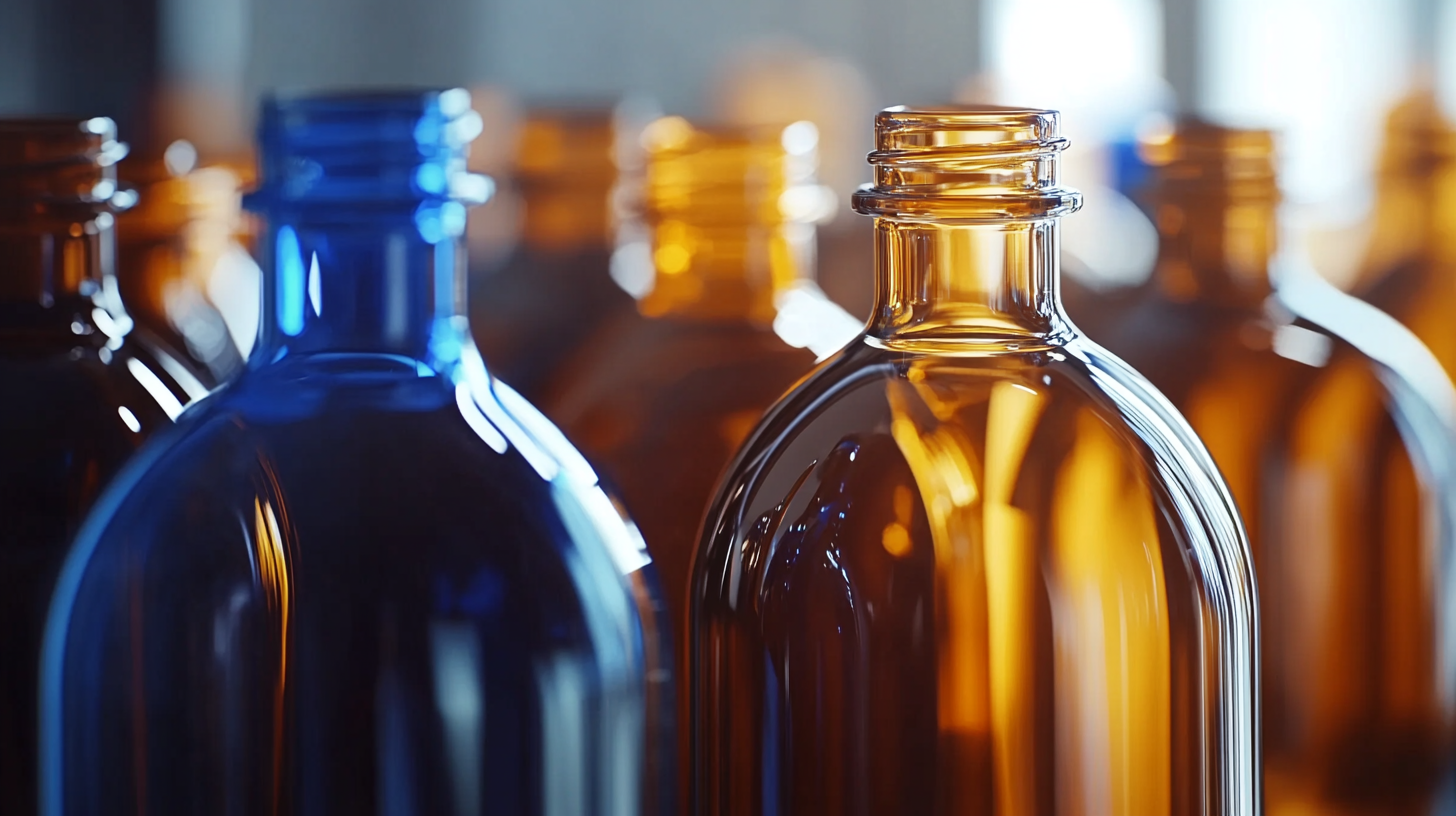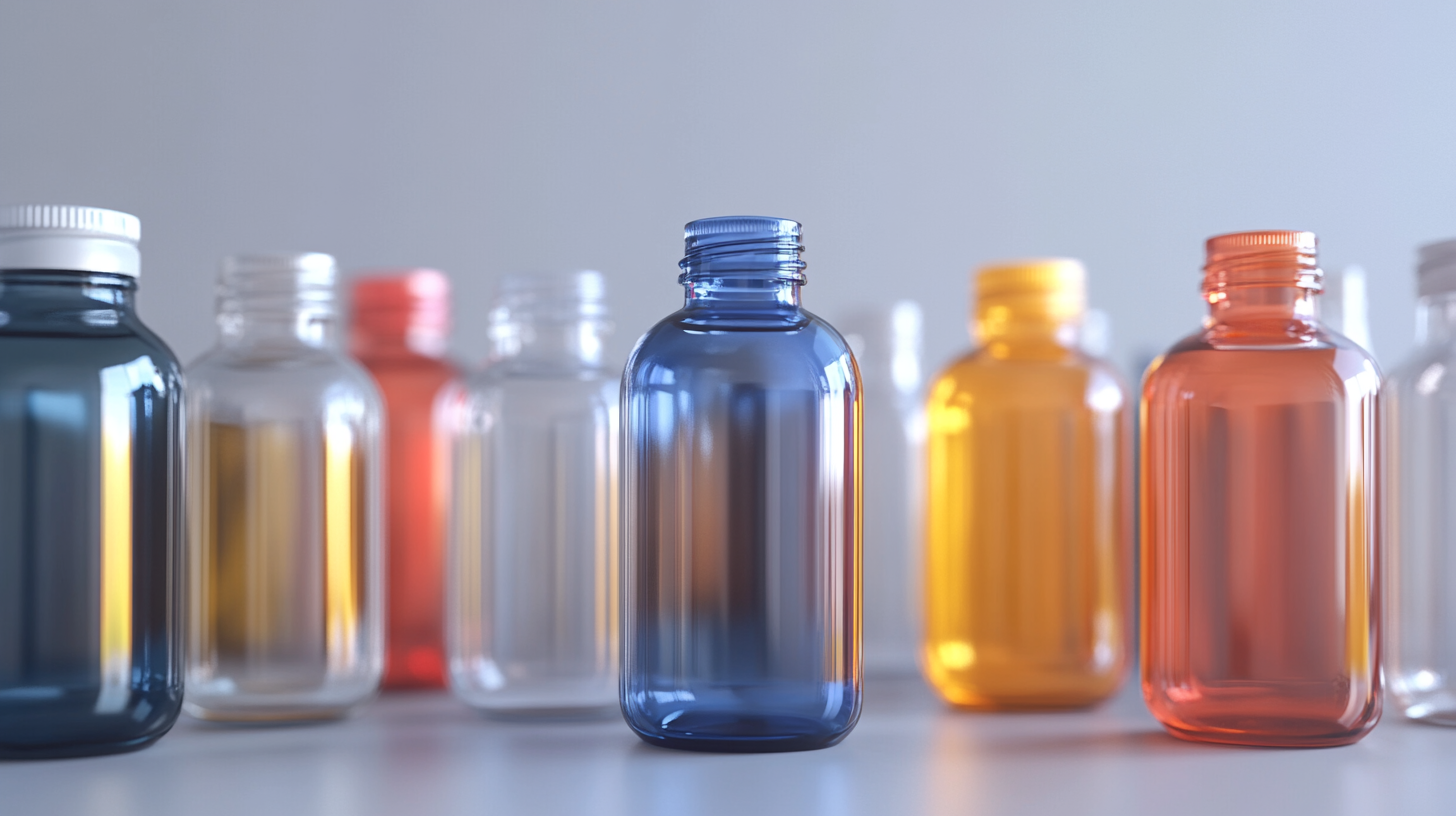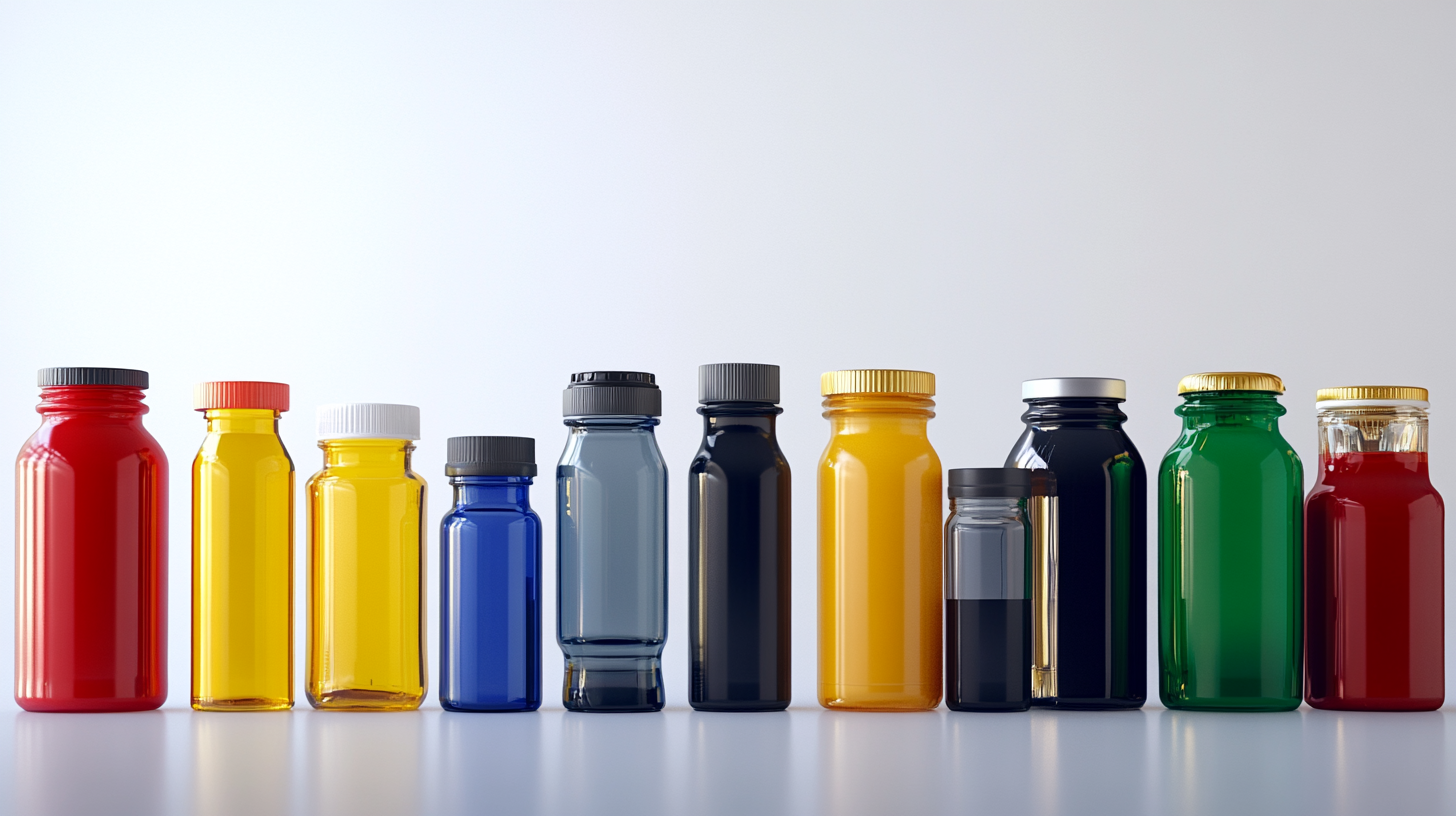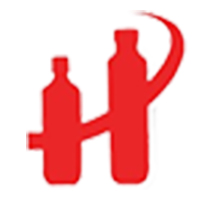In the ever-evolving world of packaging, innovative designs for bottles and jars are setting new standards that not only enhance functionality but also elevate brand identity. As businesses strive to capture consumer attention, the aesthetic and practical elements of bottles and jars play a crucial role in creating an engaging experience. From sustainable materials that resonate with eco-conscious consumers to unique shapes that stand out on crowded shelves, the transformation of packaging solutions is more than just a trend; it reflects a deeper understanding of market dynamics and consumer preferences. This blog delves into how cutting-edge designs for bottles and jars are revolutionizing packaging, ensuring that products not only meet the demands of storage and protection but also tell a captivating story that resonates with today's consumers. Join us as we explore the latest innovations that are reshaping the landscape of packaging and setting brands apart in a competitive market.

As the packaging industry evolves, innovative designs for bottles and jars are increasingly transforming the way products are presented and perceived. Recent trends emphasize the importance of sensory engagement—designs that incorporate tactile elements are gaining traction, making packaging feel more personal and relatable. This shift highlights the growing realization that packaging is not merely a protective covering, but a vital aspect of branding and user experience.
The canned food packaging market alone is projected to grow significantly, with an estimated value of around $31 billion in 2023, and a compound annual growth rate (CAGR) exceeding 5.2% expected from 2024 to 2032. This growth reflects a broader trend in the food industry where packaging designs blend aesthetics with functionality, extending shelf life and preserving nutritional value while also enhancing the consumer's enjoyment and connection to the product. Moreover, minimalist and retro styles continue to inspire creativity in packaging, pushing designers to explore new materials and interactive features that enrich the consumer experience.
Industries are also recognizing the need to balance commercial objectives with aesthetic appeal. For instance, the market for beer cans is projected to reach approximately $13.3 billion in 2024, driven by increasing consumer demand. Innovations such as smart preservation techniques and eco-friendly designs are becoming essential components of successful packaging strategies. The Worldstar Packaging Innovation Awards showcase these advances, underlining the significance of creativity in ensuring that packaging is as functional as it is attractive.
As consumers become increasingly eco-conscious, the demand for sustainable packaging solutions has surged. According to a report by Smithers Pira, the global market for sustainable packaging is projected to reach $500 billion by 2027, growing significantly at a CAGR of 7.7%. This trend underscores the necessity for businesses to innovate their packaging designs, particularly in the realm of bottles and jars. Utilizing materials such as recycled plastics, bioplastics, and glass not only minimizes environmental impact but also enhances brand loyalty among eco-aware consumers.
Incorporating sustainable materials into packaging design is not just a pragmatic move but also a strategic one. A survey conducted by Nielsen found that 66% of global consumers are willing to pay more for sustainable brands. This emphasizes a shift in consumer behavior towards products that demonstrate environmental responsibility. Brands adopting eco-friendly packaging solutions can significantly enhance their market position by aligning with consumer values while contributing to the global sustainability effort. As we look to the future, the innovations in packaging design will undoubtedly pave the way for a more sustainable approach in industries spanning food, cosmetics, and beyond.
In today's competitive market, innovative designs for bottles and jars are not only about aesthetics but also about enhancing user experience through functional features. As brands strive to create packaging solutions that stand out, smart designs that cater to consumer needs become essential. For instance, ergonomics in bottle design can significantly improve handling, making it easier for users to pour or squeeze out contents without mess. Additionally, incorporating features such as resealable caps or integrated measuring tools can add immense value, ensuring that the packaging is as practical as it is attractive.
Moreover, as technology continues to evolve, packaging solutions can now integrate smart functionalities that elevate everyday usage. Think of bottles with embedded sensors that can monitor liquid levels or jars that sync with mobile apps for inventory management. These advancements not only streamline the user experience but also align with the trend of smart home appliances, where connectivity and ease of use reign supreme. By focusing on functional features, brands can transform packaging into a multi-dimensional user experience that resonates with modern consumers, reflecting their lifestyle needs while providing convenience and efficiency.
| Design Feature | Description | User Benefits | Sustainability |
|---|---|---|---|
| Anti-Drip Spout | A spout design that prevents liquid dripping | Keeps packaging clean and reduces waste | Made from recyclable materials |
| Smart Cap | A cap that integrates with mobile apps for dosage tracking | Enhances user control over product usage | Utilizes low-impact manufacturing |
| Ergonomic Grip | Shapes designed for comfortable holding | Improves usability for all ages | Crafted from biocompatible materials |
| Transparent Window | A section of the packaging that allows visibility of contents | Builds trust by showing the product quality | Employs eco-friendly inks |
| Refillable System | A system that allows the same package to be reused for refills | Reduces environmental impact and encourages sustainability | Promotes circular economy initiatives |
In the competitive landscape of consumer goods, packaging plays a crucial role in attracting customers. Unique shapes and vibrant colors not only differentiate a product on the shelf but also evoke emotions and create a strong visual impact. Innovative designs for bottles and jars offer brands an opportunity to stand out, making them memorable to consumers who are often inundated with choices. For example, a bottle with an organic, flowing shape can suggest a product's natural ingredients, while bold color choices can convey energy or sophistication, tapping into the consumer's lifestyle preferences.
Furthermore, the psychology of color is instrumental in shaping consumer behavior. Research indicates that colors can trigger specific emotions and associations—like green for health and sustainability, or red for excitement and urgency. Unique shapes can also spark curiosity, encouraging customers to pick up a product and explore its features. When brands thoughtfully combine creative aesthetics with functionality, they not only enhance the unboxing experience but also foster a deeper connection with their audience, ultimately leading to increased loyalty and repeat purchases.

Innovative packaging is not just an aesthetic choice; it's a strategic element that significantly enhances brand identity. By integrating unique designs for bottles and jars, companies can create a memorable unboxing experience that resonates with consumers, establishing emotional connections that transcend the product itself. Today's consumers seek not only quality but also visual storytelling that reflects their values and lifestyle. With the advent of new technologies, brands leverage AI to craft packaging that not only stands out on the shelves but also embodies their marketing narrative.
Moreover, the use of innovative packaging techniques allows brands to communicate their identity more effectively. For instance, creative bottle shapes or sustainable materials can act as a physical testament to a brand's commitment to quality and sustainability. This transformation in packaging design enables brands to capture attention in a saturated market, drawing in consumers who appreciate both form and function. As packaging evolves into a platform for brand storytelling, businesses that prioritize innovative designs will ultimately build stronger recognition and loyalty among their audience.

